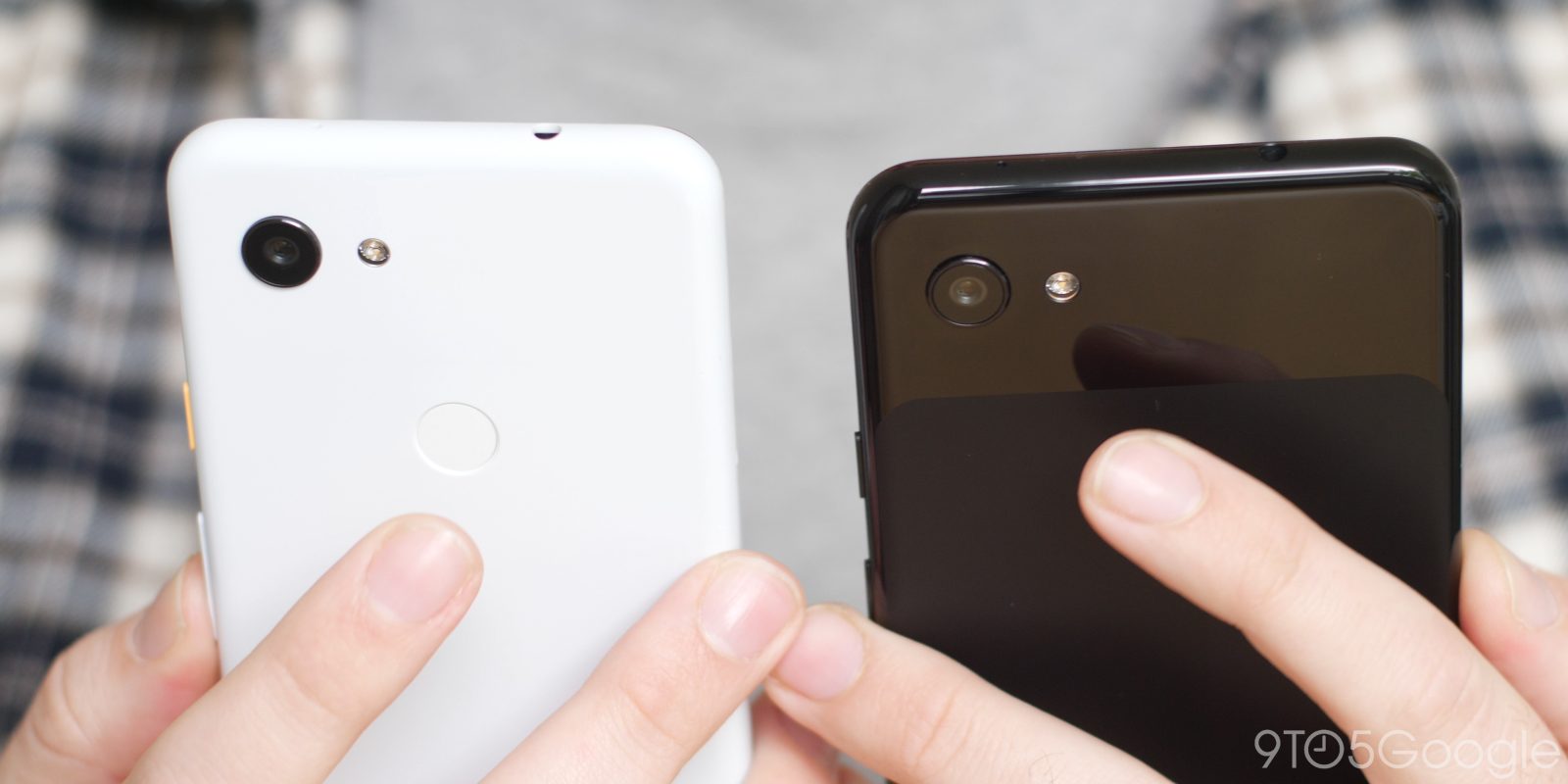
While Dual SIM Dual Standby (DSDS) was briefly available on the Pixel 3 during the Android Q Beta, Google ultimately removed the functionality. The feature is now official with Android 10, but only on the Pixel 3a and Pixel 3a XL.
Dual SIM Dual Standby allows you to use two SIMs on a device in the form of one physical card and one eSIM. While only one network can be active for data, users can choose between providers when making a call or texting. It’s ideal for traveling, wanting to seperate personal and work calls, and keeping different voice and data plans. The Android status bar will feature two network signal indicators when two SIMs are in use.
Defaults can be selected for the two latter actions, or the Pixel 3a can ask every time. These preferences are available under Network & internet > Mobile network and selecting the carrier. IMEI1 is associated to the first SIM you set up your phone with and this information is available from the About phone menu.
There are some caveats to Android 10’s DSDS support for the Pixel 3a, including eSIM only being available on certain carriers, while Google notes that phones bought in Japan cannot have two SIMs. A Google Support page walks users through the process in Android 10.
When asked if you want to “Use 2 numbers,” pressing “Continue” will require a Restart to complete Dual SIM Dual Standby setup. The help document notes how “Some combinations of SIM networks don’t work well together.” This leads to notifications warning “Voice unavailable” or “Voice interruptions.”
Android 10 with Pixel 3a DSDS support is rolling out now.
More about Android 10:
- Hands-on with the Android 10 Nonogram Easter Egg [Video]
- How to use the new Digital Wellbeing features in Android 10, Focus Mode, and site timers
- Google unveils official Android 10 statue in Mountain View
FTC: We use income earning auto affiliate links. More.

Comments